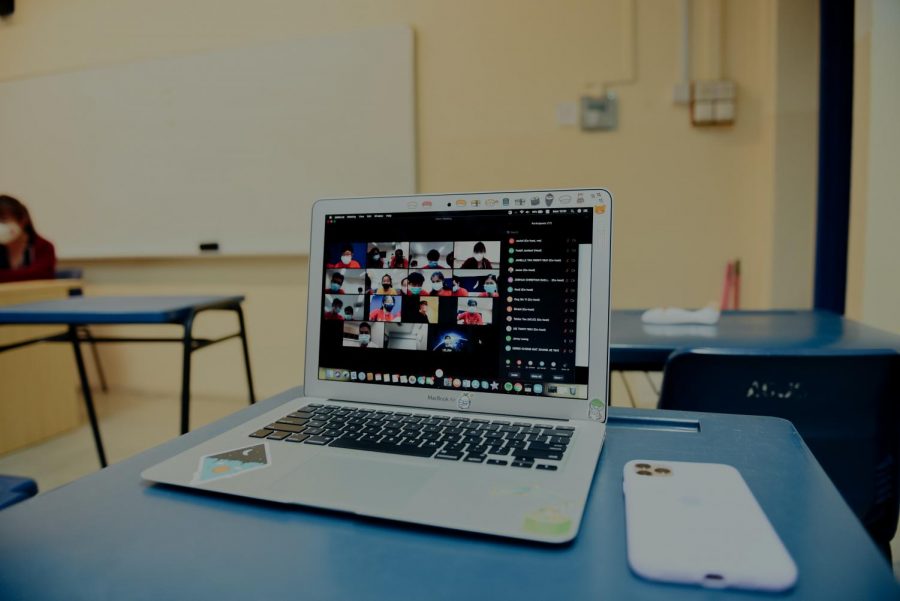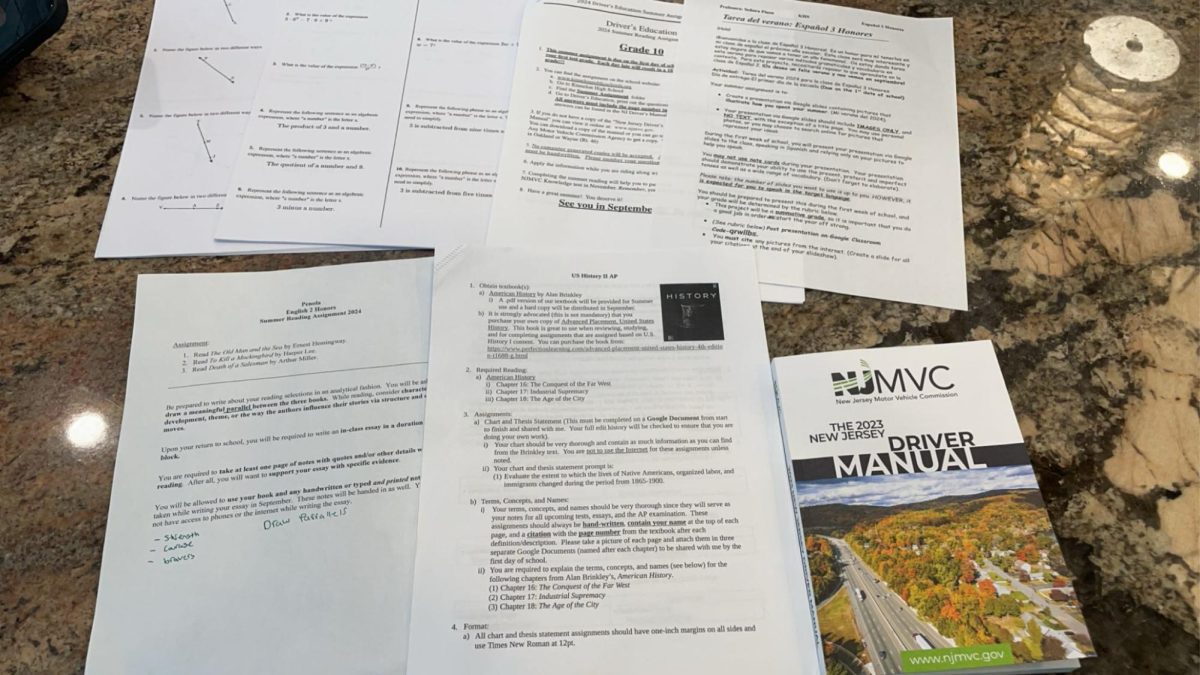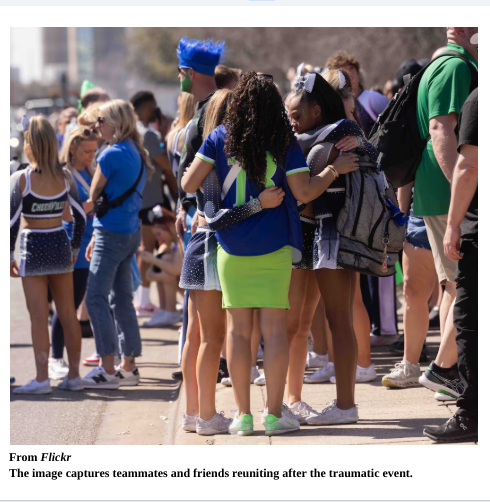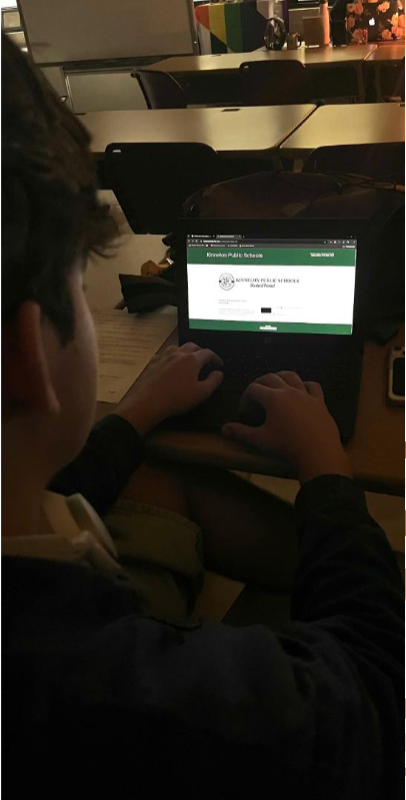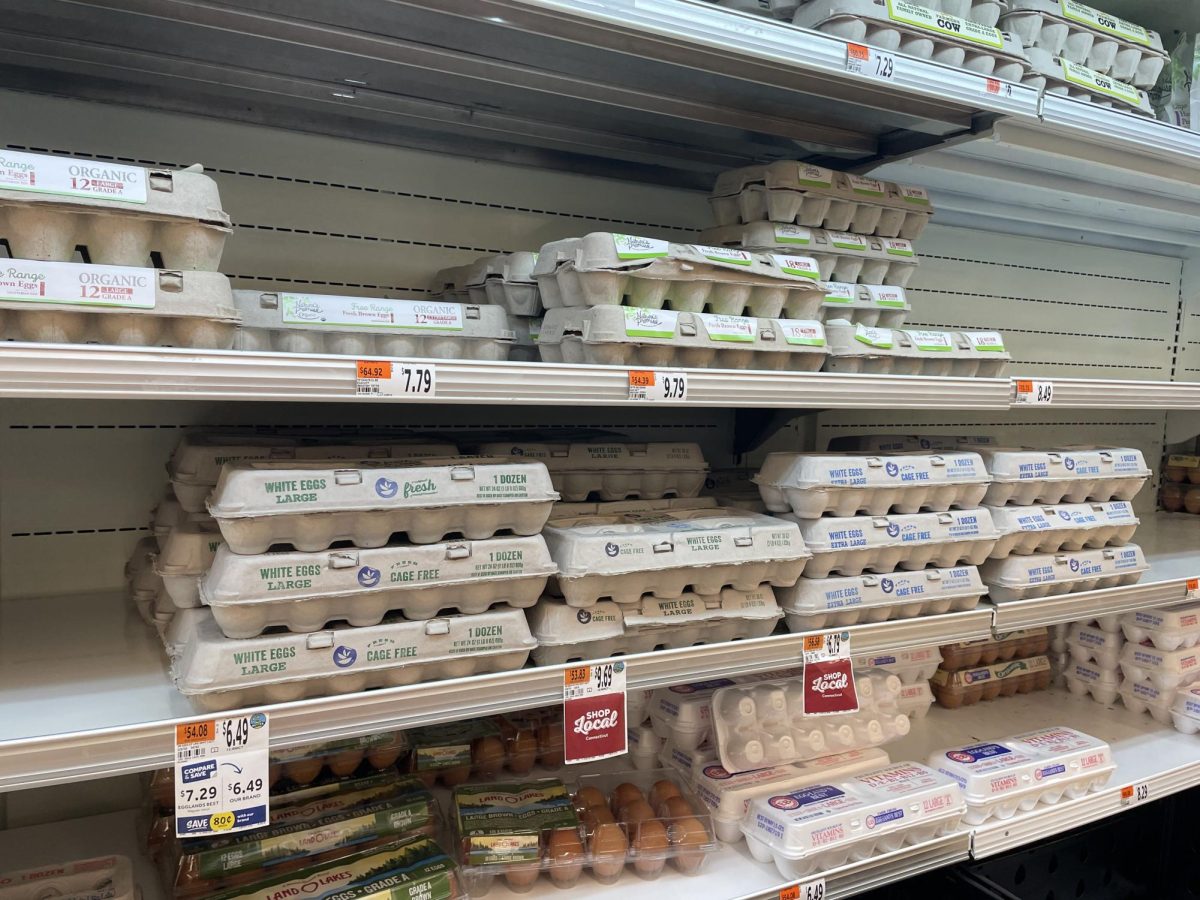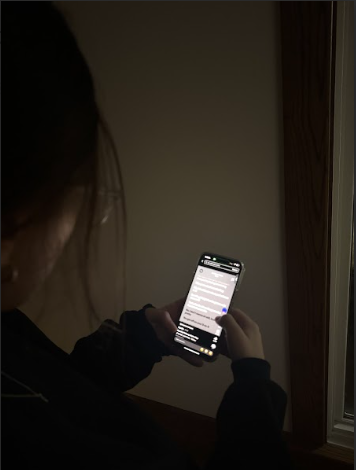Editor’s Note: The views, thoughts, and opinions expressed in this opinion article belong solely to the author and do not reflect the view of The Colt Chronicle Staff, Kinnelon High School, or its students and staff members.
After nearly a year of uncertainty, overwhelming scientific evidence is pointing to the reopening of schools. Despite fears of new outbreaks, children and staff members are at a far smaller risk, and the reopening of schools does not create a higher spread. It is time to follow the science and reopen the schools.
This does not mean that the schools should be opened without any precautions. The pandemic is still here and still very real, but it is becoming clear that increased vaccine rollout to teachers coupled with common sense health measures can make full-time schooling a reality.
Two real problems arise when discussing the safety of reopening schools: kids will contract the virus and spread it to their family, and the teaching staff is unnecessarily placed in a risky situation. Both family spread and staff infection problems can be fixed swiftly and are not backed up scientifically.
Schools are bad at spreading the coronavirus. According to Emily Oster, a Brown University economist writing for the Atlantic, “Data on almost 200,000 kids in 47 states from the last two weeks of September revealed an infection rate of 0.13 percent among students and 0.24 percent among staff. That’s about 1.3 infections over two weeks in a school of 1,000 kids or 2.2 infections over two weeks in a group of 1,000 staff.”
Children are not infected very much compared to adults, especially from schools, but the big concern is spreading it back to adults. Adults are at far greater risk, and so the fear is founded, but children do not spread to adults often. A study of 40,000 people “found that children under 15 were about half as likely as adults to be infected, and only half as likely as adults to transmit the virus to others. Almost all the coronavirus transmissions to children came from adults,” National Geographic reported.
Adults meandering around and giving the coronavirus to children is the problem. Very minimal amounts of infections are children to children. According to the ECDC, “School outbreaks have not been a prominent feature in the COVID-19 pandemic. Transmission in the school setting appears to be affected by the levels of community transmission.” Schools are not the spreaders. It is just high rates among communities that lead to high rates in those schools.
Derek Thompson of The Atlantic reported, “Another study by researchers at Duke University of 35 North Carolina school districts with in-person teaching found no cases of child-to-adult spread in schools. They concluded that typical mitigation policies, such as masking and physical distancing, are sufficient to prevent school outbreaks.”
Many still worry about children spreading it to their parents, but it just is not likely to happen. Having children in school five days a week while masked up and distanced is no more dangerous than community spread. Parents will be more at risk by going out to work than by letting their children go out to school.
Study after study and article after article all point to the safety and viability of reopening schools under the social distancing and mask-wearing precautions that are already in place. So the school systems should listen and do it. President Joe Biden has said he wants to “open a majority of schools in K through eighth grade.” The president is asking for it to be done K through 8, scientists believe schools are safe to open at all levels.
Another concern strains the conscience of those in control of reopening schools. Teachers, especially older ones or ones with pre-existing conditions, are at a higher risk of serious infections from COVID-19. Staff members are at a higher risk of infection and death because of their age as well.
So, why is it so difficult for them to get vaccinated? They are in Phase 2 of the vaccine rollout while many states are currently in 1b. It is understandable that those with dire conditions are in phase 1b, but teachers should be considered just as essential as them.
“In recent months, many suicidal children have been showing up in hospital emergency departments, and more kids are needing in-patient care after serious suicide attempts,” according to NPR. Therein lies the importance of teachers, and a reopened school system. Seeing people save lives, and having the opportunity to go to school every day to check up on those around you can save countless lives.
Further, teachers are important in the lives of students. They teach for years to be able to know how these students feel and who they are as people. When they are stripped of the ability to see students, they cannot pick up on the student’s signals for help. Suicide rates are rising, and in the past teachers were able to play a bigger role in preventing that. Now teachers cannot help nearly as much.
School is important in the lives of many students and without that sustainable, reliable education they may have nothing else to go to. Further, the social isolation of being out of school is detrimental to children as a study conducted by the Journal of American Academy of Child and Adolescent Psychiatry found, “Children and adolescents are probably more likely to experience high rates of depression and most likely anxiety during and after enforced isolation ends. This may increase as enforced isolation continues.”
“Significantly higher rates of suicide-related behaviors appear to have corresponded with times when COVID-19 stressors and community responses (e.g., stay-at-home orders and school closures) were heightened,” according to a study from the “Journal of Pediatrics.” The heightened orders at home and school create tragedy. Loosening the orders on school, while keeping safety measures in place, has the ability to stop this pain.
Scientifically students can be safe and the benefits for the lives of children outweigh the relatively minimal risk to staff who will also be vaccinated in the near future. Though retaining common sense health measures is still imperative and the logistics of that is a headache, it can be done where safety and reopening can coincide.
Social distancing is one of the most effective ways of mitigating the spread of the coronavirus, but the number for six feet has little scientific evidence. A study in the Lancet reviewing 172 other studies from 16 countries found that “Transmission of viruses was lower with physical distancing of 1 m or more, compared with a distance of less than 1 m”
While six feet may be ideal, the transmission is still greatly lowered at a distance of just one meter. Joseph G. Allen and Sarah Bleich wrote for the Washington Post that, “Six feet should be the default minimum for adults, but it’s past time we recognize that kids are different and the importance of schools is different, especially for the youngest learners.” This problem is different, and teachers can be kept six feet away from students, but the student-to-student transmission is low enough where three feet is still feasible.
It is a great logistical hurdle, especially with lunch, but with smaller distances necessary between students, a higher concentration of students can sit in each area. Further, this is in no way calling for the removal of the virtual option as students should have the right to choose what learning is right for them.
Scientifically, students will not spread the virus at a high rate nor will opening schools have a massive effect on the spread within the community. Staff members can stay socially distanced and will continue to get vaccinated improving their safety, and the opening of schools offers a better experience, and life, for the student body. Having the opportunity and ability to choose how to learn is paramount to a greater educational experience. Reopening the schools gives students the opportunity to learn again: An opportunity to make learning a joy again.

